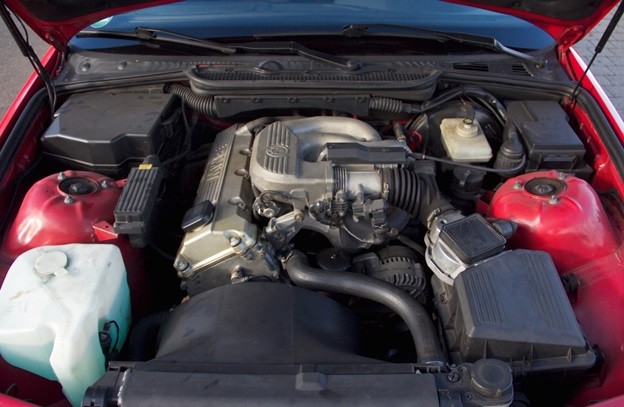
E36 - engines and cars with these units from BMW. Information worth knowing
Content
Despite the years that have passed, one of the most common cars on Polish streets is the BMW E36. Engines installed in cars gave a large dose of automotive emotions - thanks to the dynamics and performance, and many models are in good condition to this day. Here's what you need to know about the cars and engines in the E36 series.
Production of models of the E36 series - engines and their options
Models of the third generation of the 3rd series were launched in August 1990 - the cars replaced the E30, and their production lasted 8 years - until 1998. It is worth mentioning that the E36 was the benchmark for the BMW Compact and Z3 designers, which were created on the basis of previously used solutions. Their production was completed in September 2000 and December 2002 respectively.
Models from the E36 series were very popular - the German concern produced over 2 million copies. Due to the fact that there are as many as 24 types of drive units for this car, it is worth paying a little more attention to the most famous users. Let's start with the basic version of the M40.
M40 B16/M40 B18 - technical data
As for the E36 model, the engines M40 B16/M40 B18 should be discussed at the beginning. These were two-valve four-cylinder power units, introduced to replace the M10 in the late 80s, they had a cast-iron crankcase and a distance between the cylinders of 91 mm.
A cast crankshaft with eight counterweights was inserted, as well as a five-bearing camshaft driven by a cooled iron toothed belt. It operated one intake and exhaust valve per cylinder via finger levers at a 14° angle.
exploitation
The base unit models were pretty buggy. This happened because the rocker moved directly on the camshaft. Due to this, the part was subject to the so-called. achievement.
M42/B18 - unit specification
The M42/B18 turned out to be a far superior unit. The four-valve DOHC chain-driven gasoline engine was produced from 1989 to 1996. The unit was installed not only on the BMW 3 E36. Engines were also installed on the E30. They differed from the previous one in another cylinder head - with four, and not with two valves. In 1992, the engine was equipped with a knock control system and a switchable intake manifold.
Usterki
One of the weak points of the M42/B18 was the cylinder head gasket. Due to its defectiveness, the head leaked, which led to failures. Unfortunately, this is the problem with most M42/B18 units.
M50B20 - engine specifications
The M50B20 is a four-valve-per-cylinder gasoline engine with a DOHC double overhead camshaft, spark ignition coil, knock sensor and lightweight plastic intake manifold. When designing the M50 B20 engine, it was also decided to use a cast iron block and an aluminum alloy cylinder head.
No, thanks
Units M50B20, of course, can be ranked among the best of those that were installed on the E36. The engines were reliable, and their operation was not expensive. It was enough to monitor the timely completion of service work in order to operate the motor for hundreds of thousands of kilometers.
BMW E36 lends itself very well to tuning
Engines for BMW E36 did a very good job in tuning. One of the best ways to increase their power was to buy a turbo kit. Proven features include a Garrett GT30 scavenge turbocharger, wastegate, intercooler, exhaust manifold, boost control, downpipe, full exhaust system, MAP sensor, wideband oxygen sensor, 440cc injectors.
How did this BMW accelerate after the modifications?
After tuning via the Megasquirt ECU, the tuned unit could deliver 300 hp. on stock pistons. A car with such a turbocharger could accelerate to 100 km in just 5 seconds.
The increase in power has affected every vehicle, regardless of body type - sedan, coupe, convertible or station wagon. As you can see, in the case of the E36, the engines could be tuned really well!
It is for this kind of versatility and handling that motorists like the BMW E36 so much, and cars with gasoline engines are still on the roads. The divisions we have described are certainly one of the sources of their success.
